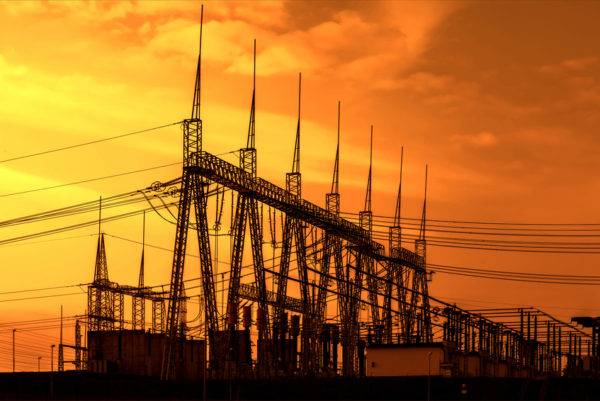The ability of microgrids to operate autonomously from larger grids could prove to be a major driver of Internet of Things (IoT) adoption in smart cities of the future.
A recent Intel Grid Insights blog piece by Andres Carvallo discussed the pivotal role microgrids will play in smart cities of the future. Carvallo is CEO of CMG, a consultancy that advises on smart grids and other infrastructure.
Microgrids are small, local energy grids with control capability that allows them to be disconnected from traditional utility grids. Carvallo says this capability to operate independently will make microgrids a key driver for smart city adoption of IoT technology.
“Highly instrumented microgrids can strengthen grid resilience and help minimize outages in the larger utility grid,” said Carvallo. “Microgrids are designed to enable two-way power flow and two-way dataflow that require pervasive instrumentation and connectivity on just about every device within it.”
See also: Can IoT turn back climate change?
Multiple technologies power microgrids, including natural gas CHP engines, fuel cells, batteries, solar technology and diesel generators. And IoT will play a role with such equipment that requires sensors, connectivity, analytics, machine learning optimization and software for managing devices and energy.
Carvallo says that microgrids have grown to over 1.2 gigawatts (GW) in capacity, with future projections reaching 20GW by 2020 and 100GW by 2030.
Microgrids provide greater reliability
Key reasons microgrids are being increasingly deployed in communities across the U.S. are their high reliability, lower costs, reduced emissions and asset security. End users include military bases, research labs, smart cities, universities, islands and other remote communities.
With more than 100 players in the field today, he identifies several areas where IoT and microgrids will provide opportunities in the future.
“Solutions that include things like control and energy management software, modeling and feasibility analysis tools, building energy management systems, home energy management systems, switching gear, protection gear, inverters, grid interconnectors, batteries and energy storage, storage management systems, communications networks, power meters, microprocessors, sensors, and gateways, to name a few,” he says.






















